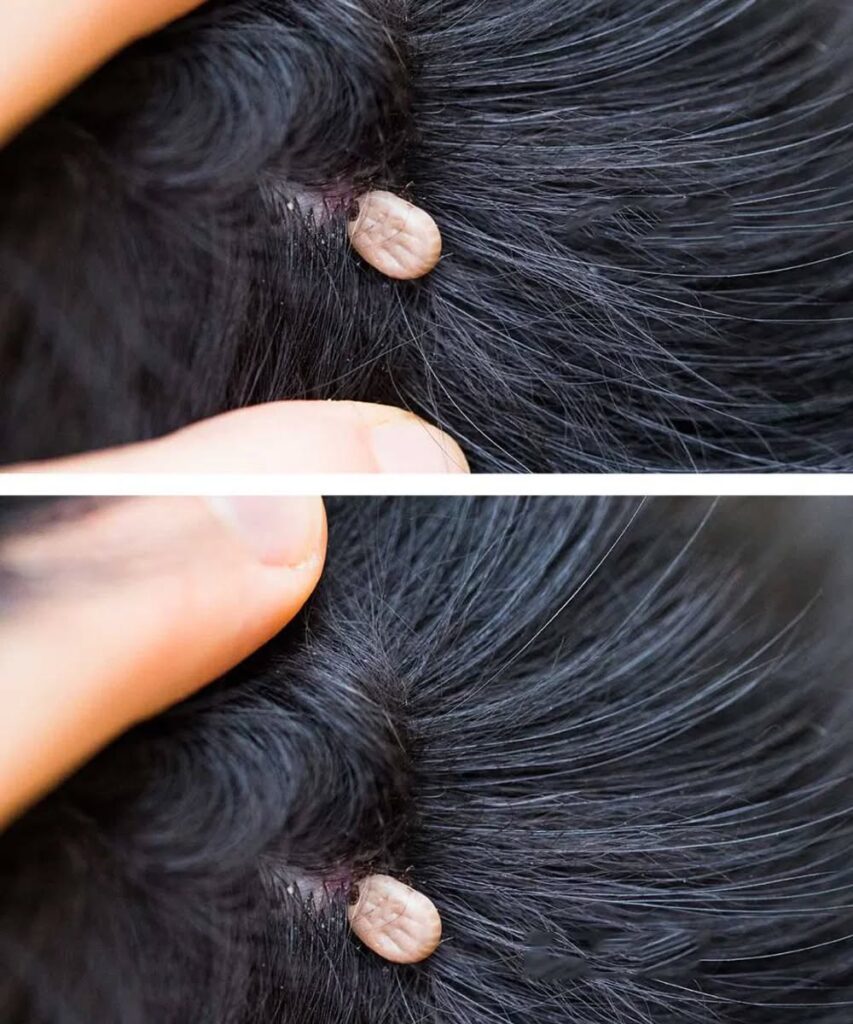Finding something odd in your child’s hair can quickly cause worry. Tiny bumps, white dots, or anything moving may lead you to fear head lice or worse. But before jumping to conclusions, remember that many parents experience this, and often the issue is easier to manage than you think.
Take a careful look at your child’s scalp using good lighting and a magnifying tool or a zoomed-in photo. Look for movement, eggs attached firmly to hair strands, and scalp redness or irritation. Nighttime itching is another signal. Keep track of your findings for medical consultations.
Children are exposed to many environments where lice or mites can spread. Head lice feed on blood, stay close to the scalp, and their nits can look like dandruff but won’t brush away. Scabies mites burrow into the skin and cause itching and red bumps but are hard to see.
Some odd things in hair are harmless, like dandruff, dry skin, or even dirt. Knowing the difference is important.
Popular home methods—mayonnaise, tea tree oil, vinegar—may help but can risk irritation. Always test before applying broadly and seek medical advice if symptoms persist. Doctors can suggest medicated shampoos for lice or creams for mites.
Don’t hesitate to consult a professional if your child struggles with sleep due to itching, shows signs of infection, or has sensitive skin conditions. Prevention includes not sharing personal items, cleaning bedding and toys, regular vacuuming, and hair management during social settings.
For lice, treating with medicated products and combing out nits works well. Mites require doctor-prescribed treatments. Treat the entire household when needed to fully stop the problem.
Keep up weekly hair checks after treatment, watching for itching or new signs. Handling these common nuisances calmly and promptly will protect your child’s scalp health and peace of mind.


